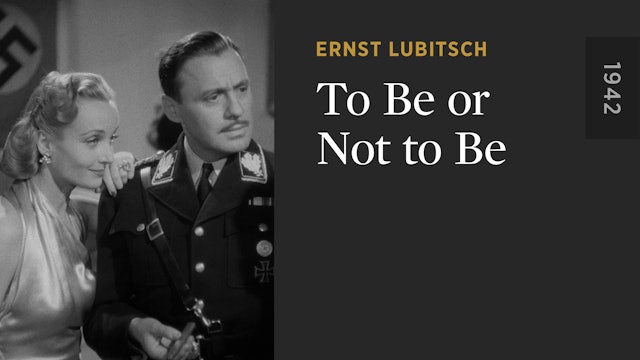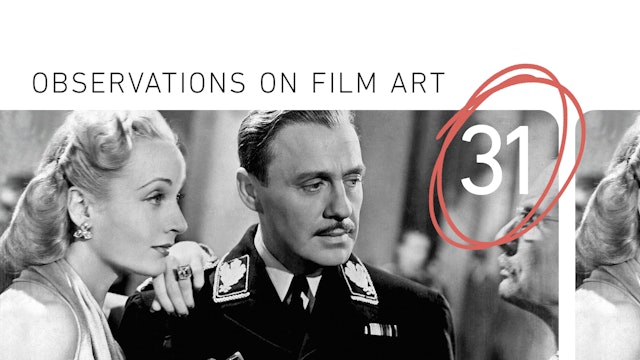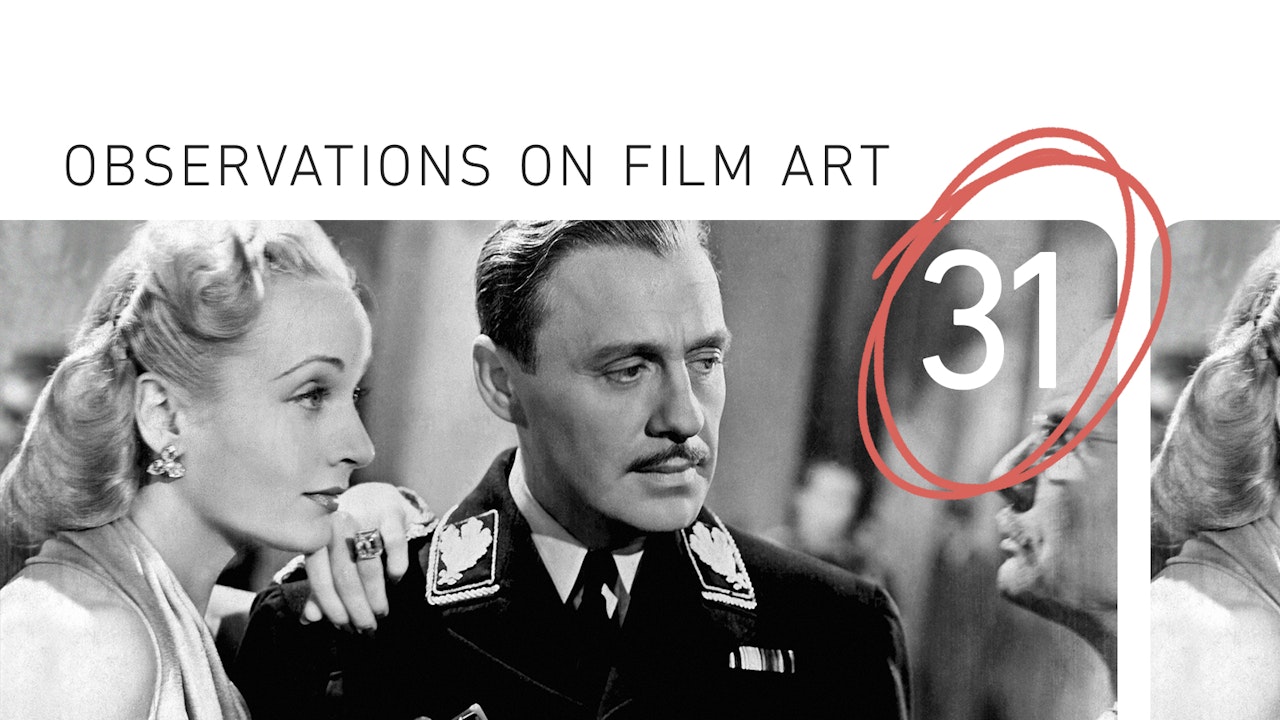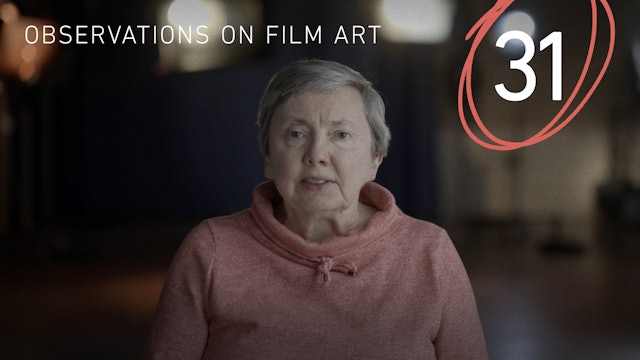Comedy, Suspense, and Three-Point Lighting in TO BE OR NOT TO BE
2 Episodes
Observations on Film Art No. 31
In his audacious political satire TO BE OR NOT TO BE, Ernst Lubitsch pulls off the seemingly impossible by using a deadly serious, then-unfolding crisis—the Nazi occupation of Poland—as the backdrop for a hilarious and subversive screwball comedy. In this episode of Observations on Film Art, Professor Kristin Thompson explores how Lubitsch and cinematographer Rudolph Maté make sophisticated use of lighting to mark the film’s daring shifts in in tone and genre, from farce to espionage thriller to dark drama.
-
Comedy, Suspense, and Three-Point Lighting in TO BE OR NOT TO BE
Episode 1
Observations on Film Art No. 31
In his audacious political satire TO BE OR NOT TO BE, Ernst Lubitsch pulls off the seemingly impossible by using a deadly serious, then-unfolding crisis—the Nazi occupation of Poland—as the backdrop for a hilarious and subversive screwball comedy. In this episode ...
-
 1:39:14Episode 2
1:39:14Episode 2To Be or Not to Be
Episode 2
Directed by Ernst Lubitsch • 1942 • United States
As nervy as it is hilarious, this screwball masterpiece from Ernst Lubitsch stars Jack Benny and, in her final screen appearance, Carole Lombard as husband-and-wife thespians in Nazi-occupied Warsaw who become caught up in a dangerous spy plot. T...



